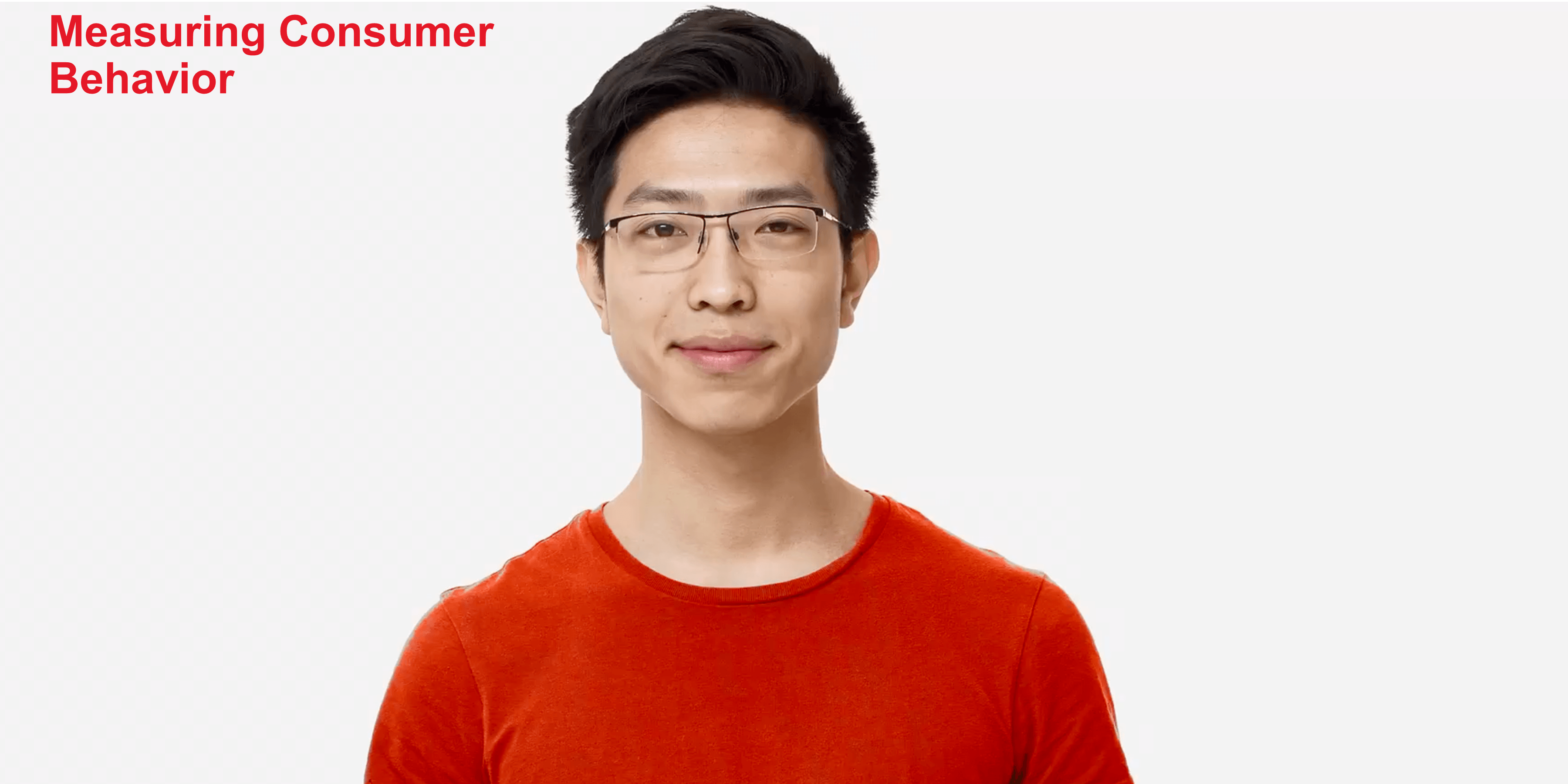
Prioritizing in the digital age: metrics in the third dimension
This Month at Foresight!
Welcome to our 3rd Newsletter!
Last month we had a fun session at ESOMAR in Berlin presenting with Pavi Gupta from Johnson & Johnson: watch us as we use a football analogy to explain how we built a hierarchy of truths in the contact lens industry, and the impact on the business. You can find the video here!
This month we are excited to be presenting in partnership with Coca-Cola Japan at the Corporate Researchers Conference in Orlando this coming Wednesday October 10th. The title of our presentation is “Prioritizing in the Digital Age: Metrics in the Third Dimension.”
Here is a link to the conference and presentation, or read on for a brief overview of the work: the challenge, the approach, some takeaways.
For our news item of the month, we have chosen an article and interview from NPR’s Market Place commenting on the recent decision of airlines to increase their baggage fees – a very simple move on the surface, but maybe not so much if you think of the possible implications on consumer behavior and growth pathways in the airline industry.
Although very different in topic, the essence of the news item is a great example of why the work we will present in Orlando matters!
Hope you enjoy, and as always will appreciate your feedback ?
Vittorio Raimondi
Managing Director, Foresight Associates LLC
Case Study: Prioritizing in the Digital Age: Metrics in the Third Dimension
Traditional marketing models work in two dimensions: the actions we take and the sales we get. But what if you added a third dimension: the consumer!
When our long-time client, Coca-Cola Japan, approached us with the challenge of identifying deeper and more strategically relevant insights for brand growth, we were excited to finally bridge the gap between marketing tactics and growth strategy by adding consumer behavior into the mix. Adding to this challenge were the unique variables at work in the well-developed Japanese beverage market. It has one of the highest vending machine penetrations in the world, numerous innovative products launched every year, and a rapidly ageing population.
Our objective was to understand how different marketing actions would trigger changes in consumer choices in this complex environment.
Consumers can exhibit a range of possible choices towards a brand; for example, the decision to trial and then adopt, to use in multiple occasions, to adopt multiple variants, or to trade up to a premium version. By focusing on changes in these consumer pathways, rather than simply on sales trends, we were able to shift the focus from the brand’s historical performance to actions that were better aligned with our client’s future strategy.
We identified several interesting and potentially impactful insights. First, reduced promotional presence in one important channel was harming brand equity, causing consumers to abandon the brand and the category altogether. Second, beneath the surface there were positive signs that the brand was building frequency with existing consumers through price reductions. Unfortunately, the analysis highlighted that this frequency building alone wasn’t going to sustain long-term growth.
Read a full version of the article, including our takeaways, here!
In the News: Consumer Pathways to Growth
In the past month, U.S. airlines have been raising their checked baggage fees. Delta and American airlines are the most recent companies to make this move, one often credited as an attempt to offset rising fuel costs.
Several articles have been written on this topic in the last month, but we picked this one because it hints to a more radical interpretation of the strategic intent behind the action. Similar to the work that we will present with Coke in Orlando, we see this news item demonstrating how far deeper insights can be generated when you look at how marketing actions impact consumer behavior.
The behavioral scientist interviewed suggests that the price increase might work as an incentive for passengers to subscribe to loyalty programs that exempt them from these fees. This, in turn, could impact their choice of airline, delivering even higher long-term growth to those airlines offering such incentives – much more than the short-term gains generated by the new fee!
The increased fees working as an incentive to join loyalty programs illustrates the essence of our featured case study: that marketing initiatives impact consumer behaviors. And by gaining a deep understanding of this relationship, companies can better quantify the impact of their actions on their brands’ performance. More than ever before, in an era of increased fragmentation and data proliferation, it is necessary for brands to understand their consumer pathways, to be clear on which ones they want to impact, and to align their data and marketing initiatives around these priorities. We believe this is the key to coherent strategy and a competitive advantage.
Click here to learn more!